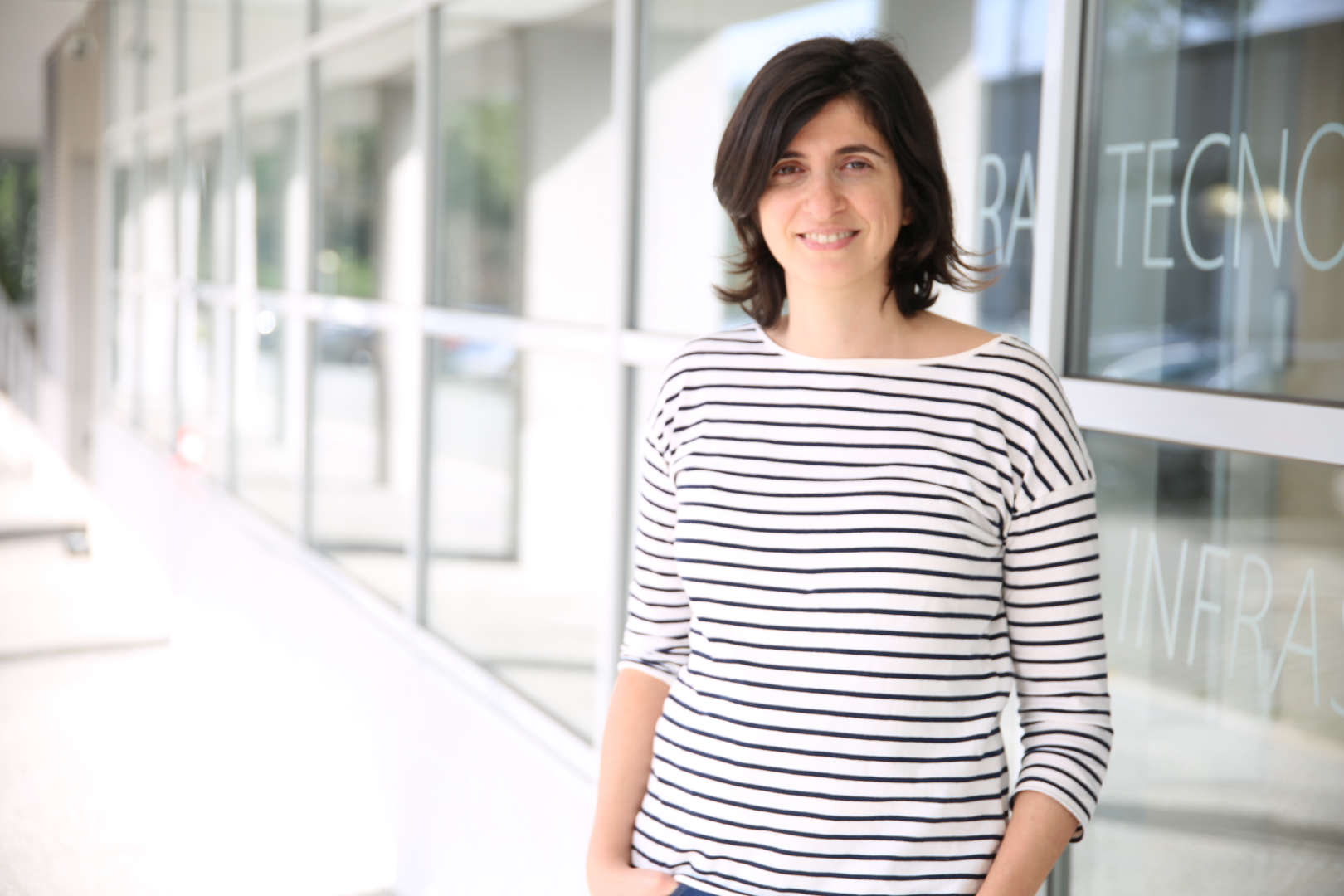About
Carla Teixeira Lopes is an assistant Professor in the Department of Informatics Engineering, University of Porto, Portugal. She is also a researcher at INESC TEC since 2014. She received a PhD in Informatics Engineering from the University of Porto in 2013. Her research interests lie at the intersection of information retrieval and human-computer interaction. She is interested in studying information search behaviour and in developing tools that help people search more successfully. Lately, she has been focused in exploring how context can help improve the experience of health consumers searching the Web.


